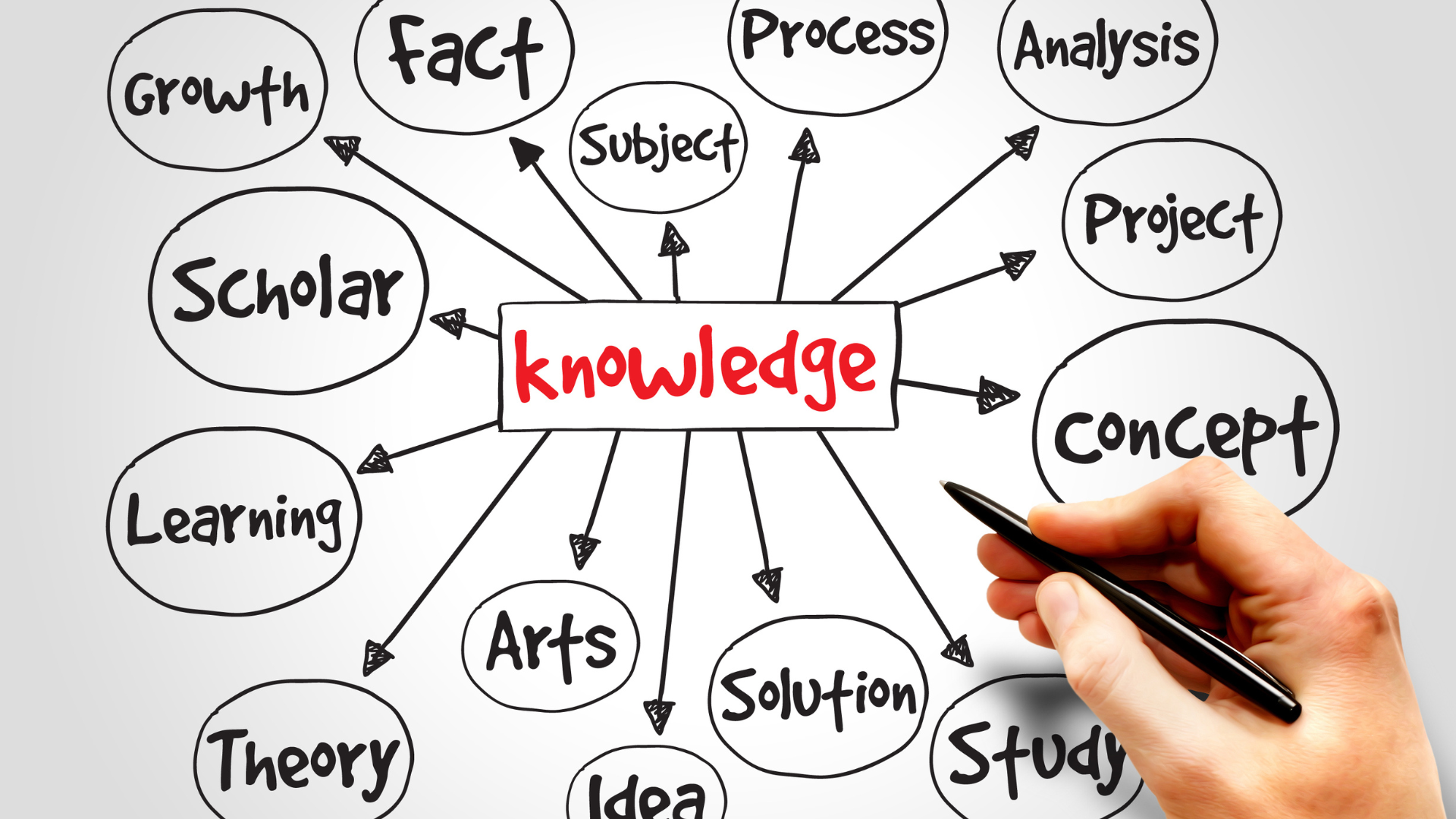5 min read
Building Knowledge Practices in the Digital-First Organization
In the digital economy, industries, markets, and organizations confront relentless change. Following Moore’s Law, technologies are advancing at...
3 min read
Logical Design Solutions
:
9/5/19 10:58 AM
As we shift into the next wave of digital transformation, knowledge plays an increasingly foundational role in bridging organizational strategy and employee practices. Automation and ambient technology are positioning workers for more responsive, creative, and innovative ways of working, but these capabilities are only as effective as the data and content that powers them. Accordingly, it is imperative that firms design and build operational structures and practices that allow for the capture and creation of knowledge while ensuring that the right knowledge gets to the right people in the right context.
To orchestrate and leverage organizational information effectively, companies need to think about their knowledge as existing in two distinct states: knowledge management and a knowledge base. People work in creatively messy and unstructured ways, by accessing, producing, revising, and sharing knowledge as the work dictates. This is the world of knowledge management. And yet, organizational knowledge lives and dies in its capacity to be stable, accessible, authoritative, and reliable – as a knowledge base. Rather than attempting to overcome this divide, organizations need to account and design for the creation and distribution of knowledge across these two states.
A knowledge base is an organization’s highly structured, governed, and definitive user experience for enterprise knowledge. It is a cross-functional touchpoint that makes accessible and disseminates useful and usable knowledge across the organization, in ways that are contextual, predictive, and quantifiable. Functioning as internal/external “customer-facing” experiences, knowledge bases provide learning, communications, employee services, organizational policies and practices, and customer service information in a just-in-time and in-context manner.
Knowledge management, on the other hand, is the messy and productive analogue to a knowledge base: it captures and creates the data, insight, and content that filters into a knowledge base. An organization’s knowledge management state is process-driven, collaborative, loosely related to people and departments, and generally deals in unstructured content and data. It consists of the raw products of work, of adaptive and living workflows, and of individually-owned or team-shared content.
Knowledge management is an organization’s lifeblood, while the knowledge base is the regulated network of arteries—the organizational schema—that transmutes that unstructured generative and collaborative lifeblood into codified, governed, digital knowledge, and distributes those assets to the right people in the right context.

The relationship between an organization’s knowledge management and its knowledge base is foundational, and yet companies continue to overlook and confuse these two states. Although knowledge passes back and forth between them, these two states are fundamentally different because they serve two distinct (and in some ways opposing) purposes. A knowledge management system is for working things out, creating new ideas, and for doing all of the leg work in support of those new ideas. A knowledge base is the experience through which those finalized, authoritative, customer-facing content products are narrow-casted and contextualized for consumption across the organization.
Often, a company will use its knowledge management processes as its knowledge base, and it does so at its peril. The results of conflating and fusing these two states of knowledge affect the authority, credibility, quality, and operational efficiency of organizational knowledge because it fails to provide users with end-result, user-ready content. This failure resides in the fact that the organization’s finished knowledge products are forced to share footing with other working products, raw data, industry knowledge, conference and marketing materials, records and historical documents, team and interpersonal messaging, and organizational reporting. The noise of all of these organizational knowledge assets overwhelms the currency and fluidity of finalized knowledge products. The capabilities that an experience can leverage to contextualize and push end-user content, like an AI, get hamstrung by being forced to sift through an ocean of unstructured content.
To harness the power of organizational knowledge, companies need to recognize the distinction and the relationship between these two states by giving them the operational and organizational structures and governance they need.
The state of knowledge management directly supports the experiential knowledge base—it produces, processes, and provides the knowledge to be distributed by the knowledge base. Accordingly, the shift from knowledge management to knowledge base requires a rigorous process of transformation, structure, and governance. Conversely the knowledge base—highly structured, digital, and customer-facing— captures both organizational feedback and data on content use and contexts, which it, in turn, feeds back into knowledge management for employees to refactor, rework, and reconsider.
A comprehensive knowledge strategy enables organizations to demarcate and energize these two states of knowledge, by allowing each to perform its principle aim, and by designing and structuring the necessary points of communication between the two. This is more organizational and operational than it is technological. Organizations can acquire content and knowledge management tools, but without the strategy and design that brings needed structure and governance to knowledge, those tools are destined to fail.

5 min read
In the digital economy, industries, markets, and organizations confront relentless change. Following Moore’s Law, technologies are advancing at...

2 min read
As knowledge workers have evolved to meet the challenges and opportunities of digital, many businesses have prioritized and realized transformative...

2 min read
"When we look at the past, we can see many, many world-changing things were possible at the time, which people did not realize. We know this. What we...